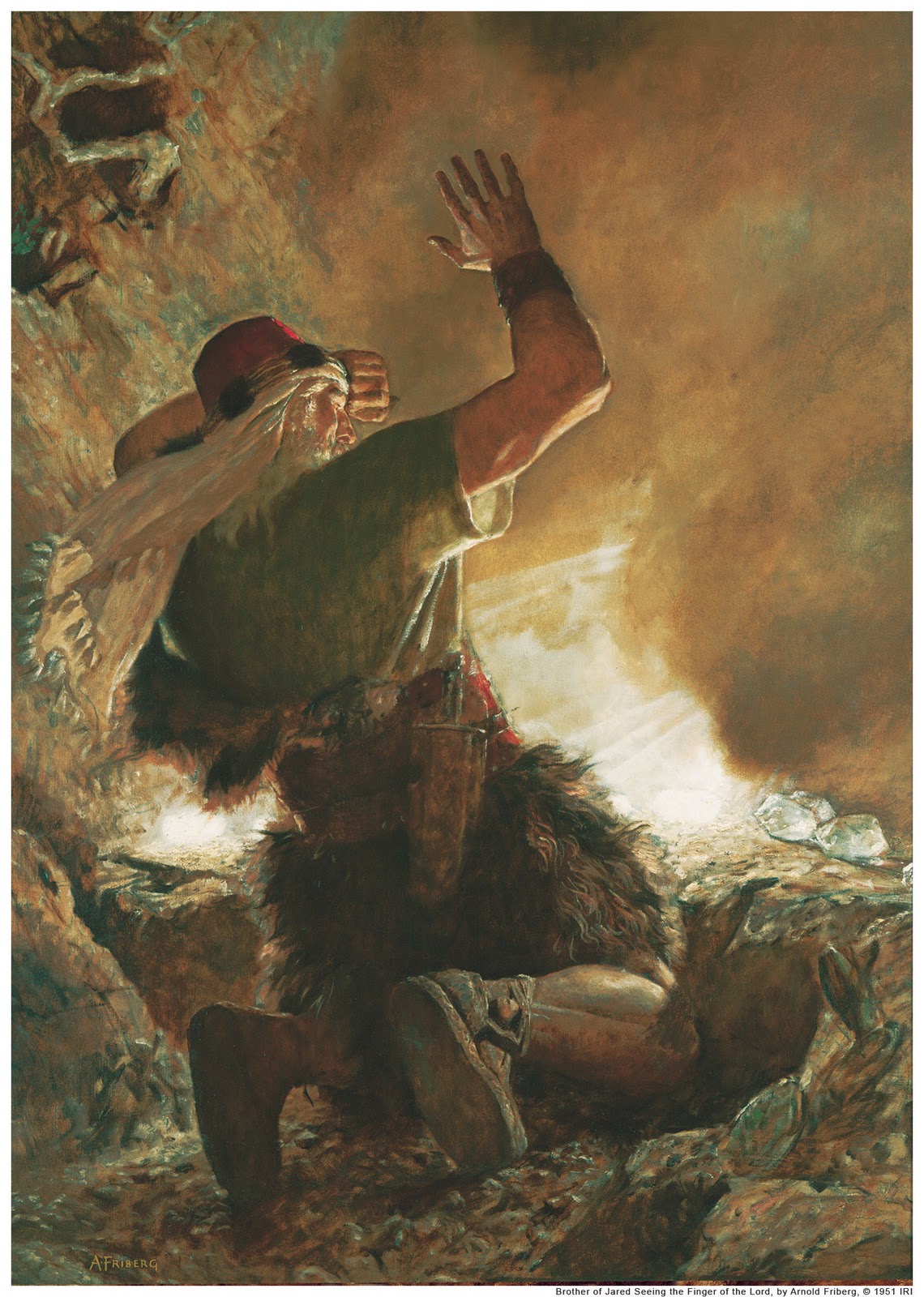
The veil was one of the core elements of the Hebrew temple. It was the dividing line between this world and the symbolic, or from time to time, literal presence of God. There are many meanings, doctrines, principles, types and shadows associated with the temple and what the veil may symbolize. For the purposes of this article, I will only be covering a few facets of this topic from a Latter-day Saint theological viewpoint.
Internalizing the Veil
The ancient temple and the modern temples alike share the common characteristic of being a model of both the macrocosmos and the microcosmos. The macrocosmos deals with heavenly bodies, systems and galaxies while the microcosmos deals with earthly bodies such as our own. Just as the heavenly bodies all orient themselves according to law, we as beings endowed with free will may orient ourselves according to Eternal laws as well.
Latter-day Saint theology teaches that the spirits of all mankind lived with God before their birth. Once introduced into this mortal probation we have no recollection of our former life. The barrier between this realm and the one that God resides in is referred to as “the veil” [1].
Thinking back to the temple as a model of the microcosmos of the human soul, the temple veil and our temporal veil both shield us from the presence of God. As unfair as this initially sounds, remember that this is a veil and not a wall – it is meant to be parted under the proper circumstances [2].

One of the main reasons for the existence of the veil is actually quite merciful; the veil exists to ensure that we are not held accountable for that which we are not willing or ready to receive [3].
Life is not a test, it is a proving ground [3], it is a time to see what we will choose to do with our agency given the particular knowledge we possess. We don’t take newborn infants and enter them into marathons; likewise, God does not thrust everything at us at once, he respects our agency and prefers that we approach him first when we are ready.
Ancient and modern temples both lead us along a path to a veil; in each case, there is a way to part the veil. Worthiness in both cases is an absolute prerequisite [4]. To enter his house, let alone his presence, we must meet the standards set by the Lord.
The Climb
Temples are synonymous with the mountains and the Lord used to call his servants to ascend and commune with him there [5]. The way to the top was most likely dangerous, exhausting and terrifying, leaving bruises and scars. With the temple, the climb is internal.
Our climb is all that time spent pulling ourselves over temptations, scaling trials and daring to face fearful heights to achieve a higher path, a better way of life where one can see clearly the lay of the land and gain perspective on their place in the world.
Just as one passes through the clouds on his way to the top of the mountain, we too pass though a veil on our way to the presence of the Lord. In order to truly understand how to part this veil, we must be taught how; this is one of the main purposes of temples.
In the words of Rene Daumal:
You cannot stay on the summit forever; you have to come down again. So why bother in the first place? Just this: What is above knows what is below, but what is below does not know what is above. One climbs, one sees. One descends, one sees no longer, but one has seen. There is an art of conducting oneself in the lower regions by the memory of what one saw higher up. When one can no longer see, one can at least still know.
The path of worthiness is the mountain, the temple is the summit. In the temple we are given the keys to understand how the veil is to be parted. The temple is a physical outward model of an inward process. We go through this process to teach us the way to navigate that internal course that can bring us into the presence of God where the comfort of his literal presence may be enjoyed.
In our own day and time the Lord Jesus Christ himself has instructed us as to what is possible:
Therefore, sanctify yourselves that your minds become single to God, and the days will come that you shall see him; for he will unveil his face unto you, and it shall be in his own time, and in his own way, and according to his own will. [6]
Conclusion
What are we each willing or ready to receive? What do we desire? Do we believe that God will give unto us according to our desires? Do we exercise faith in this promises by climbing and enduring the journey well? Are we afraid of seeing the Lord face to face? Are we ready to accept the responsibilities of living in this fallen world with the possession of such knowledge?
I often consider the words to a song written by my brother-in-law’s band:
“Will you climb the rock, or wait at the bottom for a free ride up? Will you look to the top and wonder what it would be like, or will you stand up and climb?” [7]
References

